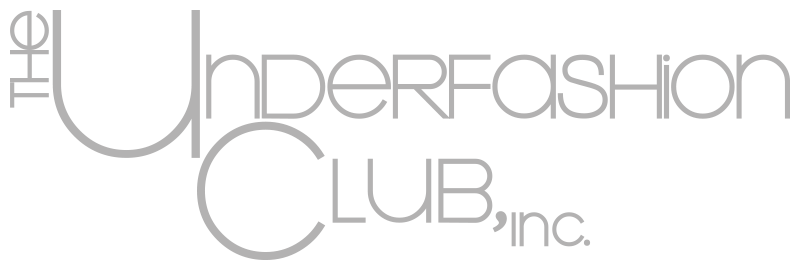The Growth and Challenges of Full-Figure & Full Busted Lingerie
Full-figure and full busted lingerie is steadily growing in the intimate apparel industry, gaining more representation in fashion and trade shows every year. The average size is increasing in the US, so the demand for larger garments is naturally following the trend. The plus size women’s clothing market has reached $18 billion in 2014 (up by about 5%). According to various sources and depending who you talk to, the most common bra size these days is either a 34DD or a 36DD. That translates to a 38C or a 38D.
This increase in visibility urges brands to expand the sizes they manufacture and encourages retailers to stock up on a wider range of sizes. The progress that’s been made hasn’t been easy to achieve. Full-figure and full busted lingerie designers must overcome unique challenges in the industry in order to bring their products into the market.
Full busted bras, defined by 34 bands and under with DD cups and over, require special research in order to be made. Larger breasts vary greatly in size and shape, making it a challenge to design well-fitted cups for. While one fit model can be used as a standard for developing cup sizes A-D, and another could work fairly well for cup sizes D-G, the assumptions normally used when fitting a bra don’t apply for bras over a G cup. Creating functional lingerie for larger sizes is an intricate process that deviates from many standards.

via Additional Elle
Full-figure and full busted lingerie designers may need to implement alternative construction methods in order to maintain a consistent shape across sizes. Larger pieces might require special materials, such as different types of underwires and stronger fabrics like power meshes and durable laces, in order to provide an adequate level of support. Investing in the materials required to expand size ranges can be difficult, especially for small brands.
Brands that do take the plunge to develop and manufacture full-figure lingerie may find it difficult to find retailers who are willing to stock them. Full-figure lingerie isn’t as likely to sell as core sizes are, so many retailers see it as a financial risk to stock these sizes. Many brands simply choose not to fund the development of expanded size ranges because they likely wouldn’t sell nearly as well as their current bestsellers would in a new color, which retailers would be happy to stock up on.
 via Glamshops
via Glamshops
The full-figure and full busted segments of the intimate apparel industry have been taking on these challenges in order to bring more beautiful, high-quality bras to the market. This trend is likely to continue growing as more women of varying shapes indulge in luxury lingerie, encouraging further developments in the manufacturing of diverse sizes in the intimate apparel industry.
Sources:
- Why The Full Bust Market Is Different From The Plus Size Market (And Why It Should Be) by The Full Figured Chest
- Building A Better Bra Market: The H+ Cup Conundrum by The Lingerie Addict
- Plus Size Customers Are Not All Alike: Sizing and Grading Issues in Plus Size Lingerie by The Lingerie Addict
- Clever Marketing for Plus Sizes by Intimate Apparel Journal


